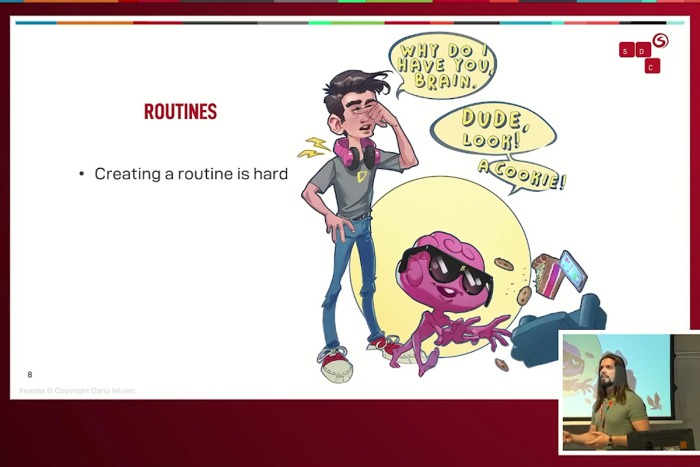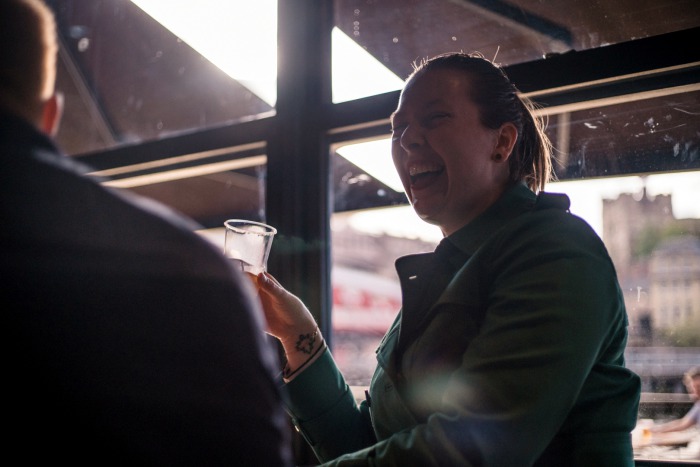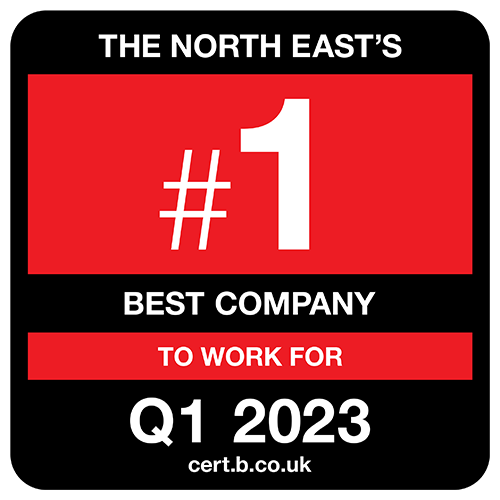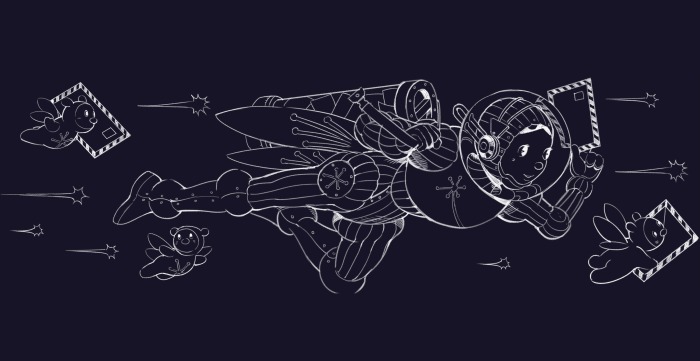Once an artist has clocked up several years of experience, they might tell you they’ve seen it all. However, the very best artists, even those who have achieved the status of Principal Artist, are committed to learning and development as an ongoing proposition.
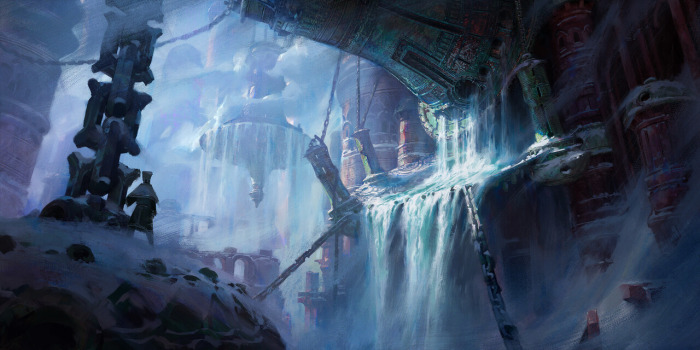
An Artist’s Journey – Part 3, Making it (as a Principal Artist)
There are some ways though in which reaching this level marks a change in your working life. The unknown becomes less scary. You feel confident that when you’re assigned a brief, you’ll smash it, or if you do come up against a challenge, you have the communication skills, practical knowhow and carefully honed creative approach, to navigate it successfully.
As a Principal Artist, you will have attained a level of ability that makes the fundamentals a breeze, complicated design techniques a cinch. The small problems a concept artist is required to solve hour-by-hour as they intricately tie together the client’s brief with the limits of technology become second nature, freeing up space for your creative mind to innovate. That spark of new thinking, the capacity to experiment with confidence and imbue your work with real emotion, is what clients and players respond to when they see your work.
Thomas Stoop joined Atomhawk in 2016 as an Intermediate Concept Artist and has since risen to the rank of Principal Concept Artist. Before joining the studio, he had been freelancing full-time. He says, “When I started working at Atomhawk I never really had the goal to become a Principal Artist, but I did want to become a Senior. To prepare me for this I had to do a lot of deputising on different projects and get comfortable with giving feedback. After two years, I moved to the Vancouver studio and got the promotion to Senior, which over time naturally turned into Principal.”
While Seniors are leaders within their own teams, Principals edge more towards overall project management. The Principal helps support the Art Leadership team like a buffer. When Leads or Directors fall ill or take time off, Principals have the project and management skills needed to step up and ensure projects stay on track.
Thomas explains, “The biggest difference between going from Senior to Principal compared to Junior to Senior is that you have to become more involved with leading projects, discussing new projects/timings with production and working more closely with new hires to make sure they have a smooth introduction to the studio. It’s less about the actual quality of your own work and more about making sure that others can do the work to the best of their ability.”
When asked what advice Thomas would give to Seniors hoping to become Principal Artists, he says, “Be vocal about what your goals are, Atomhawk will help you reach them.”
This is key. Principal Artists have the self-assurance to ask for what they want, for themselves, for their team and for the projects they’re overseeing. That’s a quality that develops over time, layers of experience and knowledge gradually put in place in preparation for the next challenge your career holds in store.



